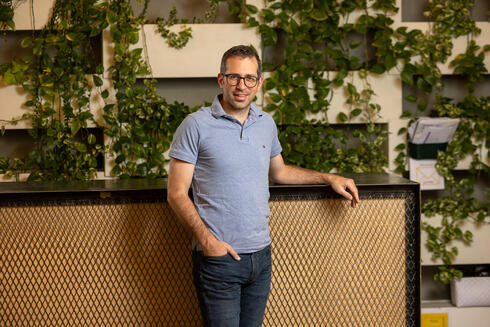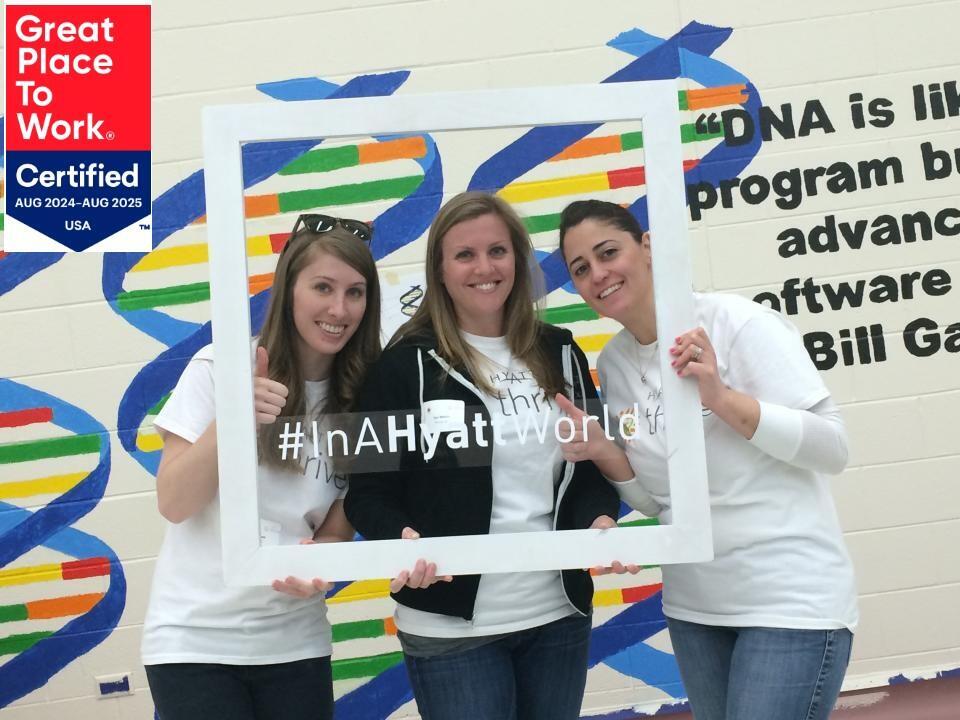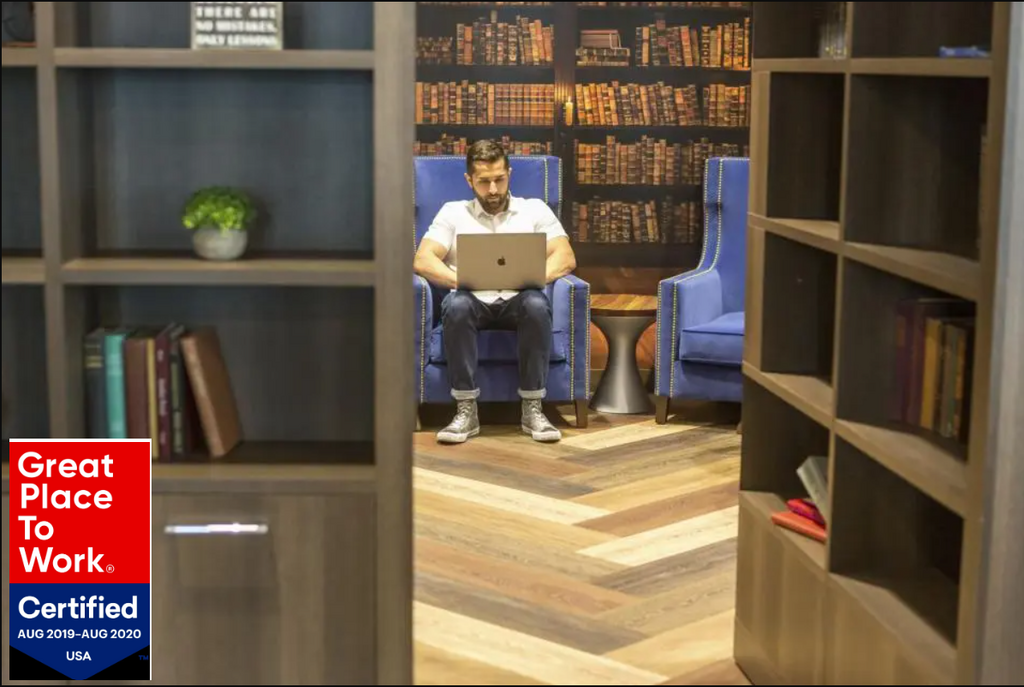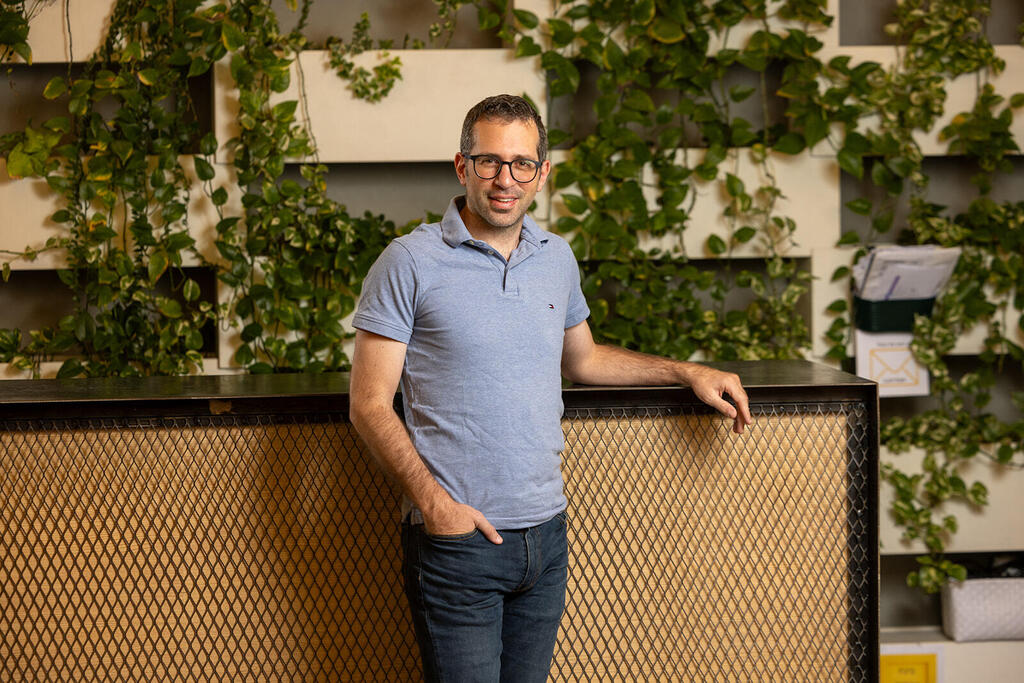
More thinking breaks, less putting out fires. How to truly encourage company innovation
Great Place to Work has outlined a unique model that strives to unleash the untapped employee potential for creative innovation concealed in any company. Company data shows that organizations with high innovation levels, grow six times faster, are more productive, and are better at dealing with change. Mindfulness, time-outs and proactive breaks: We look at the world’s leading companies’ methods of encouraging innovation, and the five obstacles standing in companies’ paths to innovation
It may seem like a cliché, but if you ask CEOs of the world’s leading companies about the secret to their success, we can reasonably assume the word “innovation” will keep coming up.
Everyone’s constantly talking about innovation, even if doesn’t square with reality. The question on this front is how exactly organizations can address this illusive notion and, obviously, how to encourage innovation on the ground and not just talk about it.
In outlining its unique model, Great Place to Work seeks to address these questions and says it can work magic. “Innovation isn’t just a matter of luck or a brilliant one-off idea” says Jonathan Pietra, owner of Great Place to Work Israel. It’s a quantitative ongoing process, that can be managed and improved, and its impact on companies’ business performance is extremely significant.
Employees busy surviving aren’t free to be creative
The Great Place to Work’s unique model centers on an index known as Innovation Velocity Ratio (IVR) that measures the speed of innovation in organizations. This index, in simple terms, assesses the ratio of innovative employees pulling it forward (i.e. employees who feel they can initiate new ideas, and to whom the organization will listen) and the employees treading water, holding the company back.
Pietra explains how the data is collected. “Conducting surveys, we followed tens of thousands of organizations across the globe, asking specific questions that examine innovation levels within organizations. For example, does the company, encourage innovative thinking? Are employees given opportunities to develop new ideas independently? From the responses to these questions, we calculate the ratio between the employees pushing toward, and those holding up, innovation.”
Pietra says that in an innovative organization, the ratio of employees advancing innovation versus the number of employees holding it up, should be at least 5.5. “This means that for every employee holding up innovation within an organization, there need to be at least 5.5 employees advancing it.”
The IVR model categorizes organizations in three levels. The advanced level of innovation-accelerating organizations with an IVR ratio of 5.5 or higher; a mid-range level of organizations showing what Great Place to Work terms “functional innovation” with an IVR ratio of 2.5, and organizations stalling with an IVR ratio of 1.5 or less.
The differences between these levels are very significant. A comprehensive study conducted by Great Place to Work, assessing 800 organizations in the US, shows that the most advanced level companies, that are accelerating innovation, exhibit revenue growth of up to six times higher than the lowest level companies.
“Innovative companies are also 33% more capable of addressing change and are 32% more productive” Pietra adds. “It shows that innovation isn’t just about developing new products, but rather affects the organization’s whole outlook.”
What’s preventing organizations from being more innovative?
Pietra cites three main obstacles:
Firstly, the lack of work-life balance as experienced by employees. “When employees don’t feel a work-life balance, they’re simply too bogged down with day-to-day survival” he says. “They’re in survival mode and aren’t free for creative thinking. “
The second obstacle is a lack of connection to the company’s targets. “When they don’t have a connection to the organization’s purpose and vision, employees are less likely to invest energy in innovation” says Pietra. “They don’t see the big picture and don’t understand how their ideas can have any impact.”
The third obstacle stems from the lack of resources organizations allocate their employees. “When teams are working understaffed and under constant pressure, they don’t have the emotional space to think out of the box” he explains. “They’re busy putting out fires rather than making long-term plans.”
The fourth obstacle is caused by the neglect of low-level managers. “First-line managers are subject to enormous pressure from both above and below” says Pietra. “They can’t lead innovation or support their teams’ ideas without appropriate support. This greatly affects the organization’s level.
The fifth and final obstacle concerns the lack of growth opportunities for employees. “When employees feel stuck and that they’re not getting opportunities for personal development, they lose motivation and don’t contribute to innovation” says Pietra.
3 View gallery


Employees of the Hyatt international hotel at the Great Place To Work conference
(Courtesy: Great Place To Work)
Proactive breaks and cross-organization task teams.
How can you, nonetheless, encourage innovation?
Pietra cites examples from leading companies:
Google has a program called “gPause” that encourages teams to practice mindfulness together. “This is designed to reduce pressure and increase creativity” says Pietra. “Innovation starts with nurturing employees’ emotional wellbeing.”
The Hyatt hotel chain, a corporation employing 206 thousand people across the globe, stresses neither standardization nor strict rules (as one might expect of the hotel giant). It rather grants autonomy to each hotel within the chain. This has resulted in Hyatt Singapore coming up locally with an AI based chatbot that offers hotel guests personal recommendations” says Pietra. “This has very much improved how guests feel, and wouldn’t have happened if everything had been managed from the top.”
Quicken Loans, that operates a platform offering financial solutions, allocates its employees a set timeslot in their diaries to develop personal initiatives, yielding surprising results: A low-level employee noticed that color blind people were having trouble using the platform. She developed a tool to allow company developers and designers to see the world as a color-blind person would. This proved a success and was broadly adopted.
Cadence technology and computational software company operates a cross-organization task force to present new ideas to management. “This allows ideas to develop from all parts of the organization, not just from departments traditionally regarded as creative” says Pietra.
A further tech company, Ultimate Software, has also made efforts to encourage innovation. The company holds an annual customer meet-up and imposes an extraordinary ban on its salespeople from attending the event. “Only developers and designers can meet the clients” says Pietra. “The goal is to let them understand clients’ needs without the pressure to sell.”
3 View gallery


ULTIMATE SOFTWARE company employee, in one of many rooms dedicated to the development of innovation
(Courtesy: Great Place To Work)
What can organizations do to improve their innovation levels?
Pietra suggests a number of practical steps: “Firstly, create permanent frameworks to develop idea, such as weekly ‘free time’ for creative thinking. Secondly, encourage collaboration between different departments in the organization. Thirdly, grant legitimacy to mistakes and view them as learning opportunities. Fourthly, invest in your workers’ professional growth, including in fields not directly related to their jobs.”
“At the end of the day” Pietra concludes, “Innovation is a matter of organization culture rather than something that can be imposed from above. You need to create an environment that encourages innovation, allows for mistakes, and rewards creative thinking. When you do this right, the results speak for themselves.”
Great Place to Work is an international organization founded 30 years ago and operating across 170 countries that award global quality scores to exceptional workplaces based on methodology using 60 parameters. Best Workplaces flagship list is published annually in Fortune and People magazines. Over the last two decades, the companies that make up the list of the greatest places to work have experienced spikes in their share prices four times greater compared to the Russell 1000 Index, which includes the largest publicly traded corporations in the US, and also compared to comparable stock indices in other places around the world.













